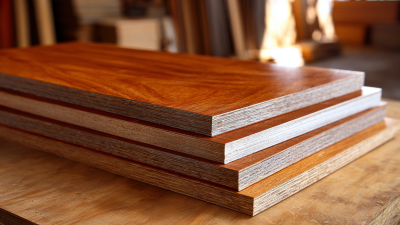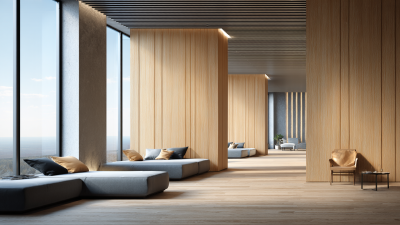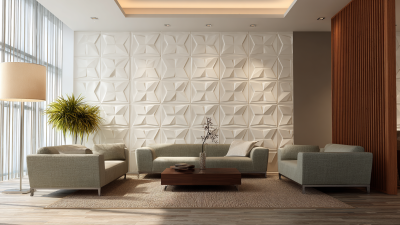Leave Your Message
With the increasing demand for sustainable building materials, WPC Wall Panel Boards have emerged as a prevalent choice in innovative home design. According to a report by Grand View Research, the global WPC market is projected to reach USD 9.5 billion by 2025, driven by the growing emphasis on eco-friendly materials. These composite boards, primarily made from recycled wood fibers and plastic, offer durability, aesthetic appeal, and thermal efficiency, making them an ideal solution for modern residential applications. As homeowners and designers seek to balance functionality with environmental responsibility, WPC Wall Panel Boards stand out for their versatility, allowing for creative applications that enhance both interior and exterior spaces. This article explores various "how to" applications of WPC Wall Panel Boards, showcasing their innovative uses in sustainable home design.
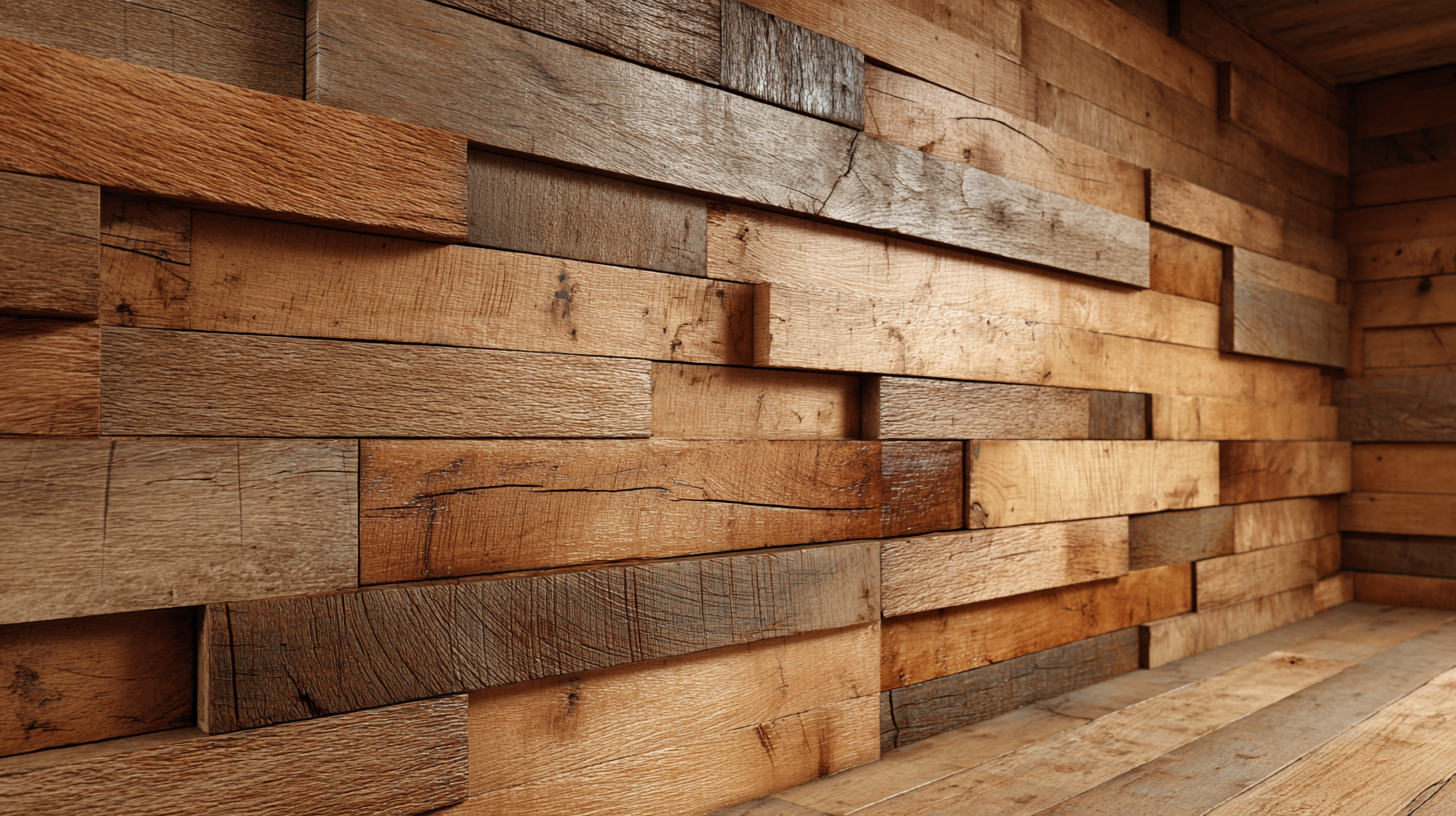
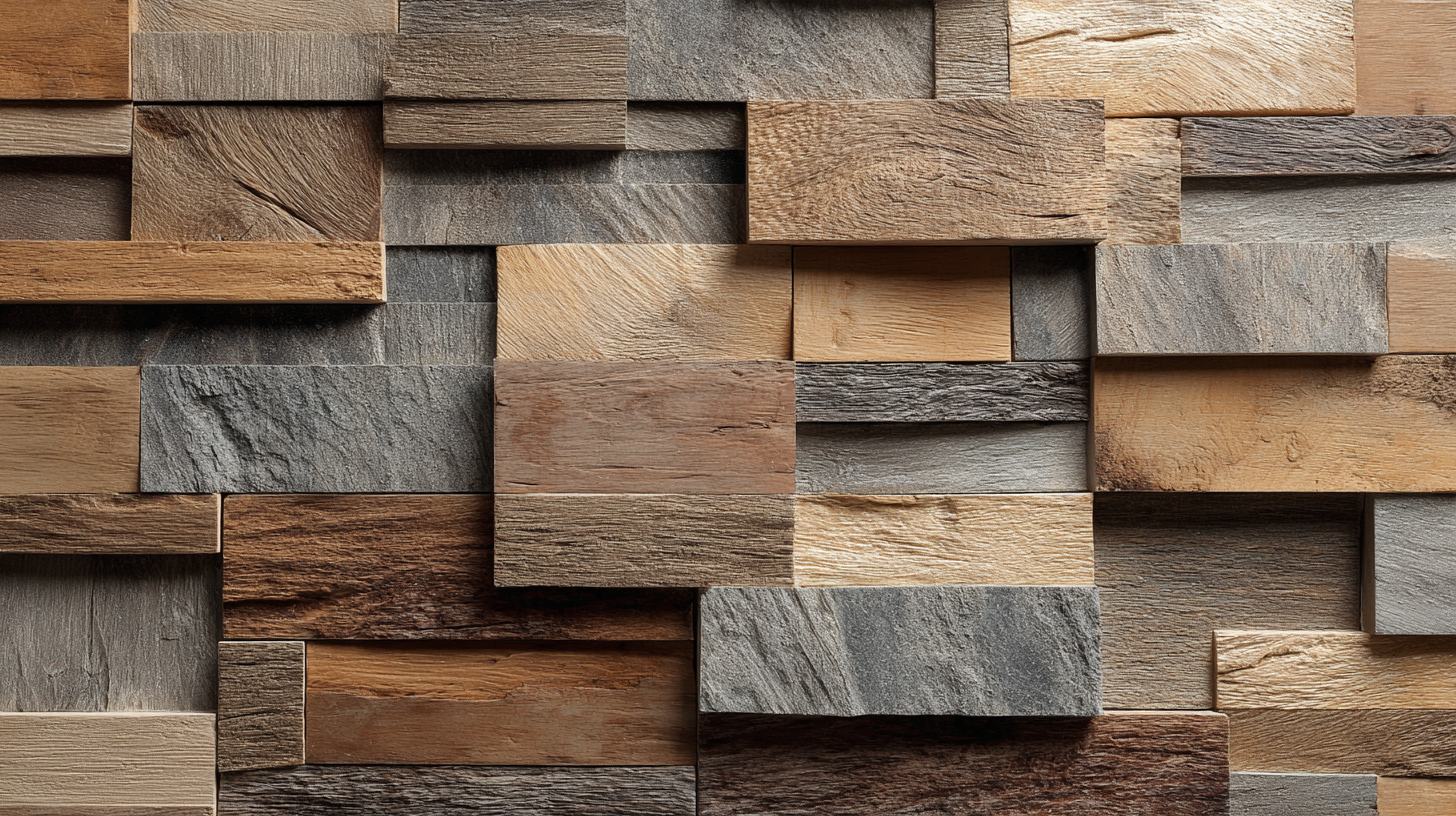 WPC (Wood Plastic Composite) wall panel boards have emerged as a game-changer in sustainable home design, offering a perfect blend of aesthetics and eco-friendliness. These panels not only contribute to a cohesive design but also elevate the overall interior ambiance. Available in various textures and colors, WPC wall panels can mimic natural materials while providing durability and easy maintenance. This versatility allows homeowners to create unique spaces that reflect their personality while being mindful of sustainability.
WPC (Wood Plastic Composite) wall panel boards have emerged as a game-changer in sustainable home design, offering a perfect blend of aesthetics and eco-friendliness. These panels not only contribute to a cohesive design but also elevate the overall interior ambiance. Available in various textures and colors, WPC wall panels can mimic natural materials while providing durability and easy maintenance. This versatility allows homeowners to create unique spaces that reflect their personality while being mindful of sustainability.
Tips: When selecting WPC wall panels, consider the overall theme of your home. Opt for lighter tones to create an open and airy feel in smaller rooms or choose darker shades for larger spaces to add warmth and coziness. Additionally, incorporating accent walls made of WPC panels can significantly enhance visual interest without overwhelming the space.
Furthermore, the use of WPC wall panels aligns with the growing trend of biophilic design, which encourages a connection between indoor environments and nature. By integrating these panels into your home, you can create a more inviting atmosphere. Adding plants or natural elements alongside WPC walls further enriches the space, promoting relaxation and enhancing well-being in your living areas.
WPC (Wood-Plastic Composite) wall panel boards are becoming increasingly popular in the realm of sustainable home design, especially when it comes to maximizing energy efficiency. According to a report by the U.S. Department of Energy, homes that integrate quality insulation solutions can achieve energy savings of up to 30%. By utilizing WPC wall panels, homeowners not only benefit from the aesthetic appeal of wood but also enhance thermal insulation properties, ultimately leading to reduced energy consumption for heating and cooling.
One of the standout features of WPC panels is their ability to minimize thermal bridging, which is essential for energy-efficient construction. This composite material effectively resists moisture and provides an airtight seal, contributing to improved indoor air quality and comfort. Additionally, a recent study from the Building Research Establishment revealed that homes using WPC for insulation could lower their carbon footprint by up to 20% compared to traditional materials.
**Tips for Maximizing Energy Efficiency with WPC Wall Panels:**
- Ensure proper installation to eliminate gaps and ensure an airtight fit, which is crucial for energy efficiency.
- Combine WPC panels with other eco-friendly materials, like recycled insulation, to bolster overall sustainability efforts.
- Regularly inspect and maintain your WPC panels to prevent deterioration over time, ensuring that they continue to perform effectively in energy conservation.
This chart illustrates the importance levels of various factors in the use of WPC wall panel boards for sustainable home design. Energy efficiency ranks the highest, emphasizing its role in maximizing performance and sustainability.
WPC (Wood-Plastic Composite) wall panel boards are gaining momentum in sustainable home design, particularly for outdoor spaces. These innovative materials not only offer durability and resistance to rot but also blend seamlessly with nature. According to a recent report by the Research Institute for Timber Management, WPCs are made from 50% recycled materials, making them a smart choice for eco-conscious homeowners. With creative arrangements, these panels can redefine alfresco areas, creating visually appealing and functional spaces for relaxation and entertainment.
When considering WPC wall panel arrangements, think beyond traditional installations. Utilizing vertical gardens or wall-mounted outdoor furniture can enhance the aesthetic while maximizing available space. For instance, creating an accent wall with interlocking panels can serve as a backdrop for a cozy seating area or a vibrant garden display. It’s an effective way to incorporate greenery while maintaining a modern look.
Tip: To enhance the longevity of your WPC wall panels, ensure proper ventilation and choose high-quality, weather-resistant coatings. This not only safeguards the material but also keeps maintenance needs to a minimum. Additionally, mixing textures by pairing smooth and textured WPC boards can add depth and interest to outdoor designs.
WPC (Wood-Plastic Composite) wall panels are gaining traction as a sustainable material in eco-friendly home design. These panels combine recycled wood fibers and plastic, providing a durable and moisture-resistant option that reduces the reliance on traditional building materials. By utilizing WPC wall panels, builders can significantly lower their carbon footprint while promoting the concept of recycling and repurposing waste materials. This aligns perfectly with sustainable design principles, as it minimizes environmental impact and conserves natural resources.
Incorporating WPC wall panels into home design not only enhances aesthetic appeal but also supports energy efficiency. The insulation properties of WPC can help regulate indoor temperatures, reducing the need for excessive heating and cooling. Furthermore, their versatility allows for a multitude of design possibilities, making them suitable for both interior and exterior applications. By opting for these innovative panels, homeowners can create visually striking spaces that contribute to a more sustainable future, demonstrating that style and eco-consciousness can coexist harmoniously in modern design.
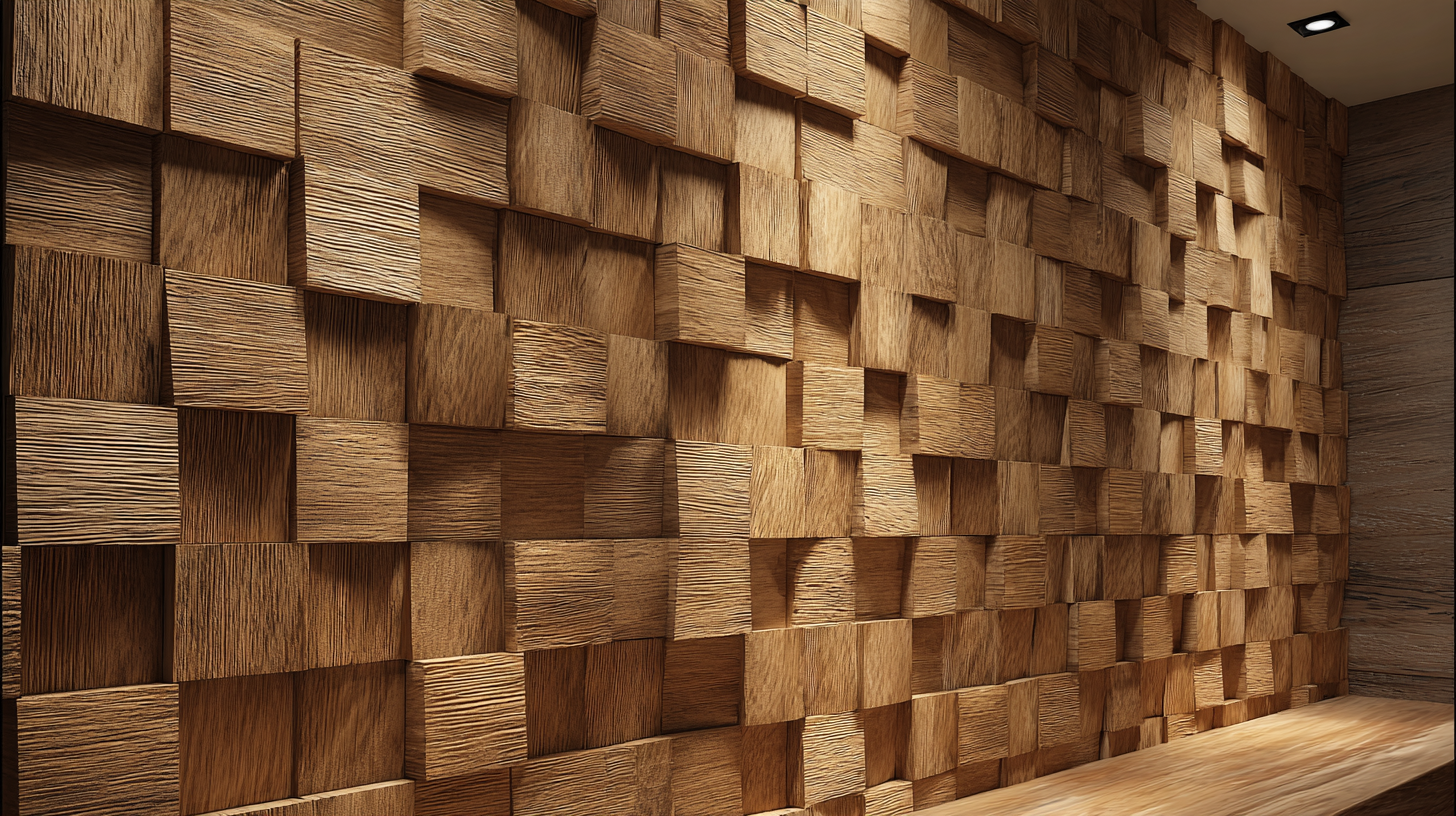
WPC (wood-plastic composite) wall panel boards are not only a sustainable option for home design but also offer incredible versatility for DIY enthusiasts. Crafting unique furniture with WPC panels can elevate your interior decor while promoting environmental friendliness. For instance, consider creating a modern coffee table or an elegant side table. The inherent durability of WPC makes it an excellent material that can withstand the wear and tear of daily use, allowing you to shape and finish it in various styles to match your aesthetic.
Another exciting DIY project is building an outdoor seating area or garden bench using WPC wall panels. The weather resistance of WPC ensures that your creations will endure the elements, providing both functionality and beauty. You can personalize these pieces with paint or stain to suit your outdoor space, or you might choose to leave the natural finish for a rustic appeal. With some basic woodworking skills and creativity, WPC wall panels can transform into attractive and unique furniture pieces that reflect your personal style while aligning with sustainable design principles.
| Project Name | Materials Used | Estimated Cost ($) | Time Required (Hours) | Sustainability Impact |
|---|---|---|---|---|
| WPC Coffee Table | WPC panels, screws, varnish | 150 | 5 | Reuses waste material, low VOC emissions |
| WPC Wall Shelves | WPC boards, brackets, paint | 100 | 3 | Promotes vertical space usage, biodegradable materials |
| WPC Garden Bench | WPC panels, nails, sealant | 200 | 6 | Recyclable, adds greenery to living spaces |
| WPC Storage Box | WPC sheets, handles, hinges | 80 | 4 | Reduces plastic use, encourages decluttering |
